Wednesday, March 22, 2017
Today the ship spent the night at Musct, Oman. At 7:45 AM I left on a tour called "Enchanting Forts of Nizwa. We left Muscat and drove for 2 hours before we arrived at our first stop. The first stop was at a castle. We first stopped to sample some dates and walk thru a souk. We then walked thru Nizwa Fort. Our next stop was at the Jabrin Castle. We then had a photo stop at the Bahla Fort which was not open because it is now being restored. We then went to the Golden Tulip Hotel for lunch. After lunch we drove to see the ancient irrigation system developed by Queen Sheba around 300 BC. We drove back to the ship and arrived at 4:30 PM. During the tour I saw some of Oman. Most of the time hills or small mountains were in the background and we passed several small communities before we arrived at Nizwa. Oman has one of the best transportation systems in the world with many modern highways. Peter Cutler was the show after dinner to night.
This picture was taken from the bus of Muscat, Oman near the port.
This picture was taken from the bus in Muscat, Oman. They do have some grass and flowers that use waste water.
This picture was taken from the bus in Muscat, Oman.
This picture was taken from the bus. This is sample of the modern highway system of Oman.
This picture was taken from the bus. This is typical of the landscape in the area between Muscat and Nizwa.
This picture was taken from the bus. This is typical of the landscape in the area between Muscat and Nizwa.
This picture was taken from the bus. This is typical of the landscape in the area between Muscat and Nizwa.
This picture was taken at the stop at the Nazwa Fort.
This picture was taken at the stop at the Nazwa Fort. This is some of the dates for sale.
This picture was taken at the stop at the Nazwa Fort. This was taken in the shop that sells dates.
This picture was taken at the stop at the Nazwa Fort. This was taken at the souk.
This picture was taken at the stop at the Nazwa Fort. This in the entrance to the fort.
This picture was taken at the stop at the Nazwa Fort.
This picture was taken at the stop at the Nazwa Fort
This picture was taken at the stop at the Nazwa Fort.
This picture was taken from the bus. This is typical of the landscape in the area between Muscat and Nizwa.
This picture was taken from the bus. This is typical of the landscape in the area between Muscat and Nizwa.
This picture was taken from the bus. This is a grand Mosque of the area.
This picture was taken from the bus. This is typical of the landscape in the area between Muscat and Nizwa.
This picture was taken from the bus. This is typical of the landscape in the area between Muscat and Nizwa.
This picture was taken at a stop at the Bahla Fort.
This picture was taken at a stop at the Bahla Fort.
This picture was taken from the bus. This is typical of the landscape in the area between Muscat and Nizwa.
This picture was taken at the stop at Jabrin Castle.
This picture was taken at the stop at Jabrin Castle.
This picture was taken at the stop at Jabrin Castle.
This picture was taken at the stop at Jabrin Castle.
This picture was taken at the stop at Jabrin Castle.
This picture was taken from the bus. This is typical of the landscape in the area between Muscat and Nizwa.
This picture was taken from the bus. This is typical of the landscape in the area between Muscat and Nizwa.
This picture was taken at the stop for lunch at the Golden Tulip Hotel.
This picture was taken at the stop for lunch at the Golden Tulip Hotel.
This picture was taken at the stop for lunch at the Golden Tulip Hotel.
This picture was taken at the stop for lunch at the Golden Tulip Hotel.
This picture was taken from the bus of Oman.
This picture was taken at a stop to see the ancient irrigation system.
This picture was taken at a stop to see the ancient irrigation system.
This picture was taken at a stop to see the ancient irrigation system.
This picture was taken from the ship. It is typical of the area with the mountains in the background.
This picture was taken from the ship of a car dealership in Muscat, Oman.
This picture was taken from the ship of Muscat, Oman.
This picture was taken from the ship of Muscat, Oman.
This picture was taken from the ship.
This picture was taken from the ship of another ship at Muscat, Oman.




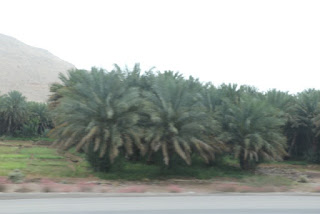
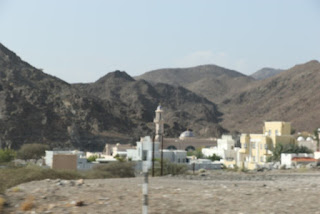





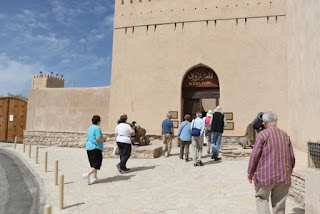










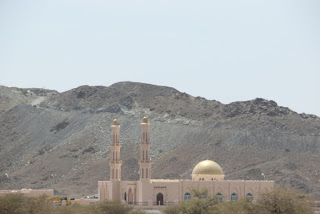





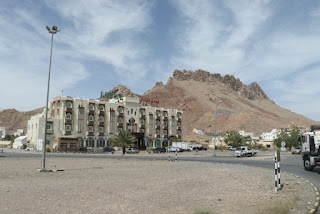















No comments:
Post a Comment